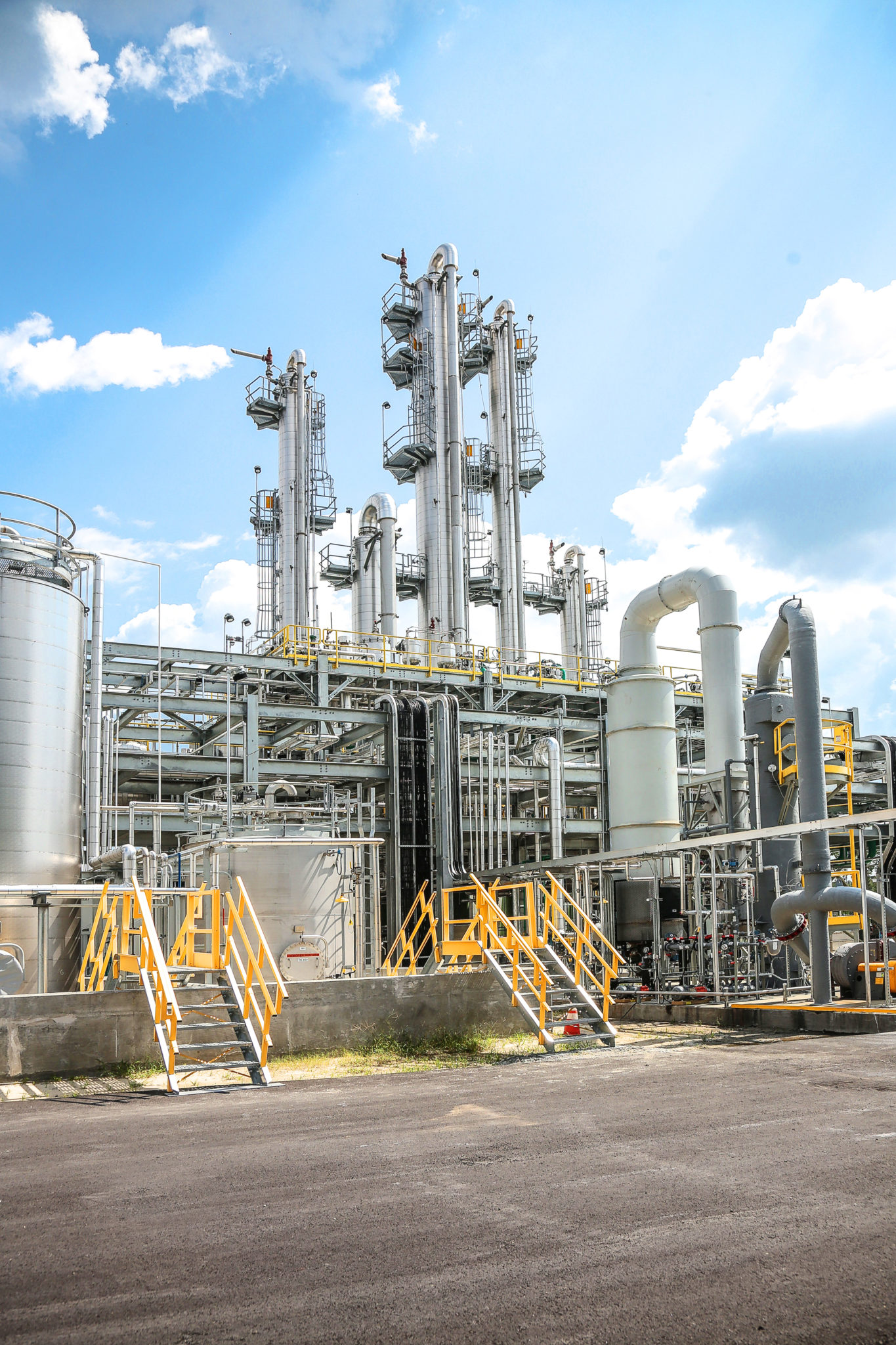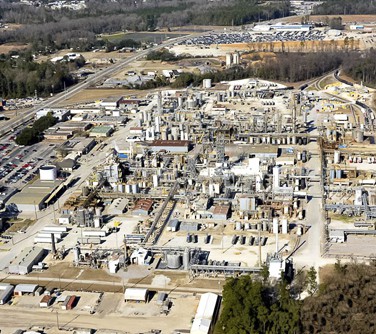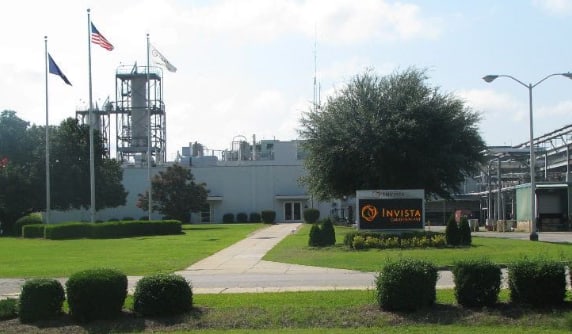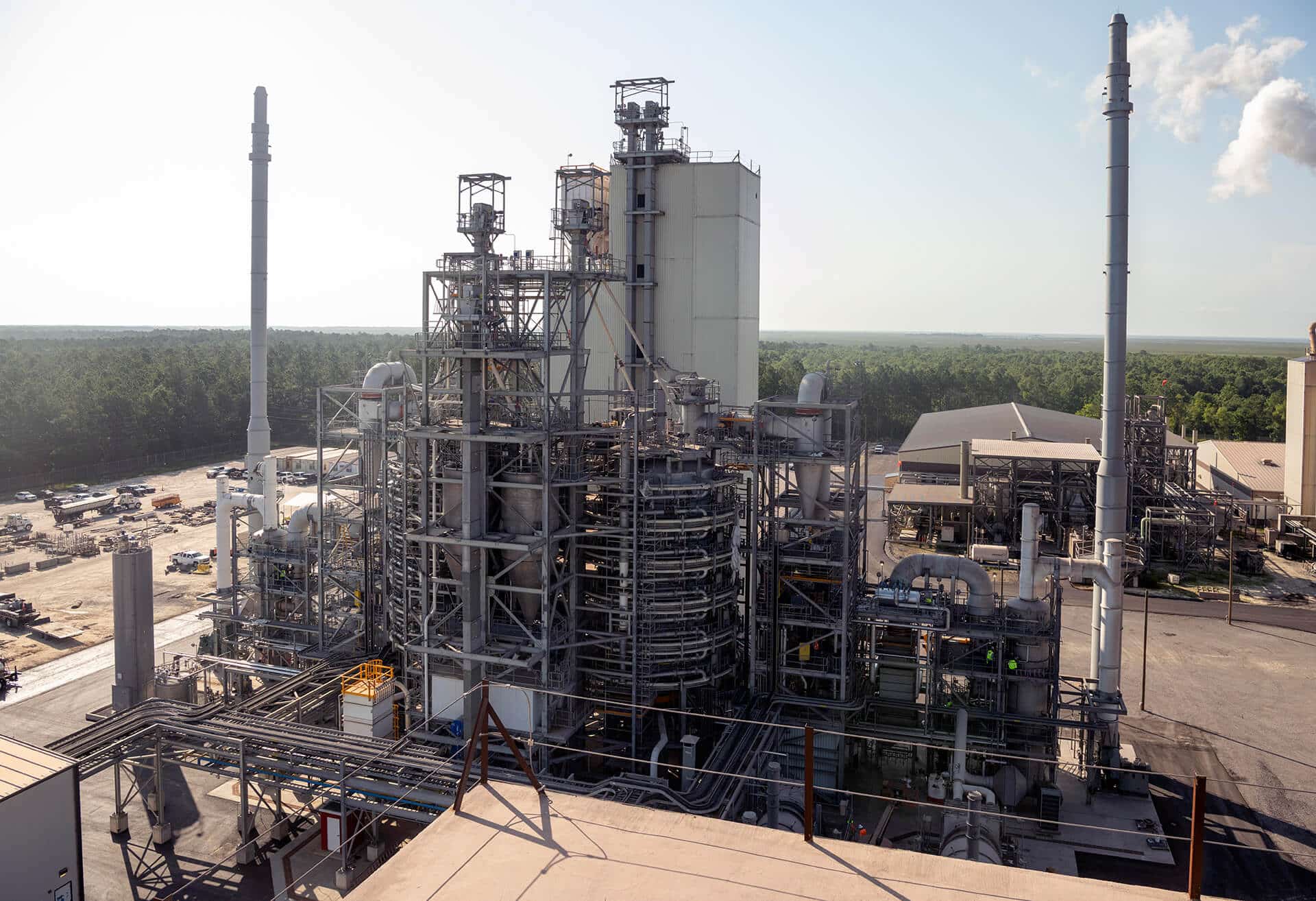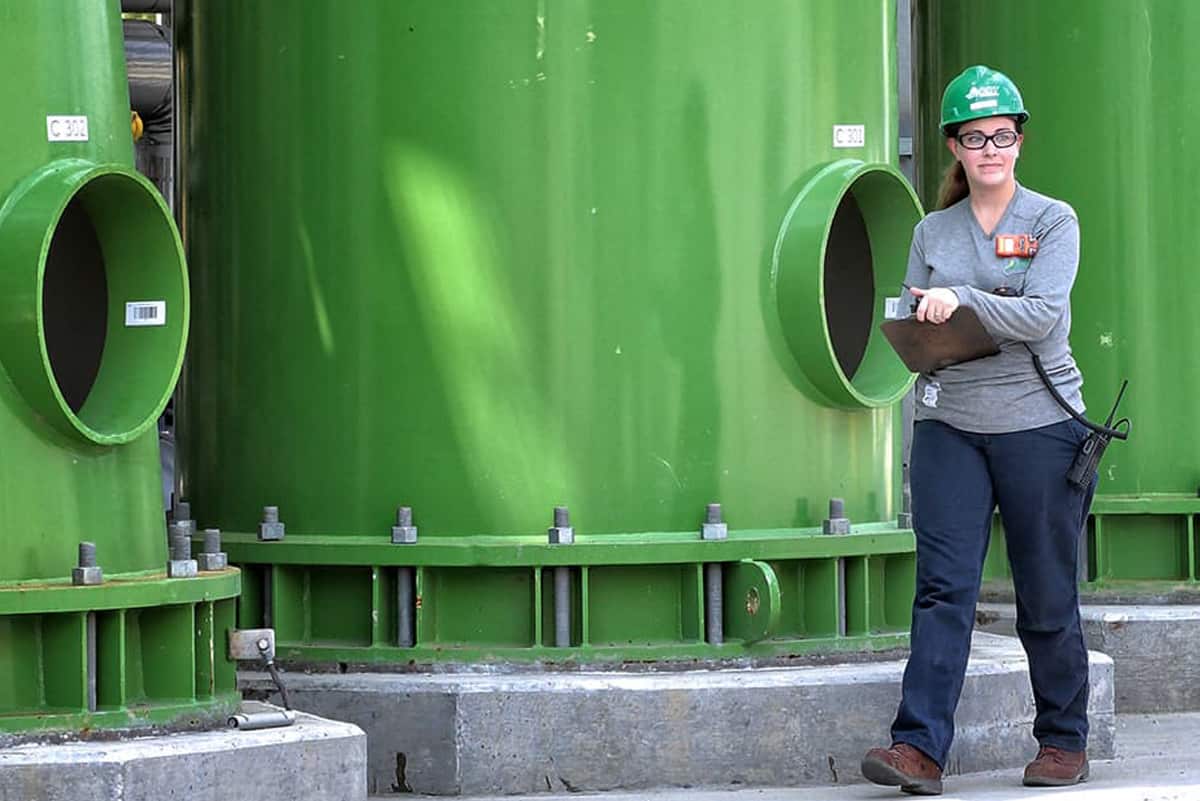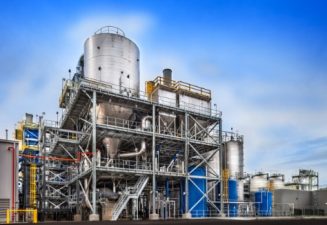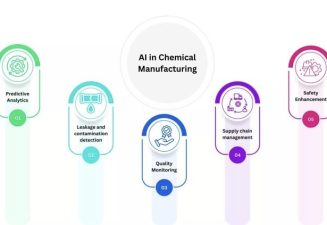O’Neal serves the process chemical industry in a wide variety of capital project applications, including process chemical plant design, engineering and construction. Our Capital Appropriation Process (CAP) is similar to many FEL 1, 2, 3 processes and provides a gated approach to developing cost, scope and schedule for complicated chemical projects.
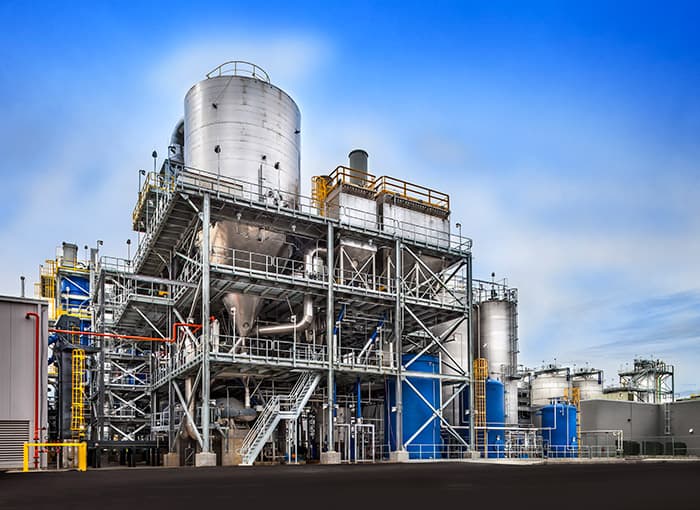
focus areas:
- Adhesives
- Agrichemicals
- Construction chemicals
- Elastomers
- Food additives
- Flavorings + fragrances
- Industrial gases
- Lubricants
- Paints
- Pigments
- Specialty polymers
- Surfactants
- Textile auxiliaries
services:
- Options analysis
- Preliminary design
- Project planning
- Preconstruction
- Project pricing
- Appropriation grade packages
- Subcontract + equipment procurement
- Construction management services
special capabilities:
- Strong in-house technical capability for process chemical projects beginning with early-phase options analysis, planning + scope development + execution of FEL 1, 2 + 3 appropriation requirements including cost + schedule
- Total project or Engineer-Procure-Construct (EPC) delivery
- Project experience with contract values up to $150 million
